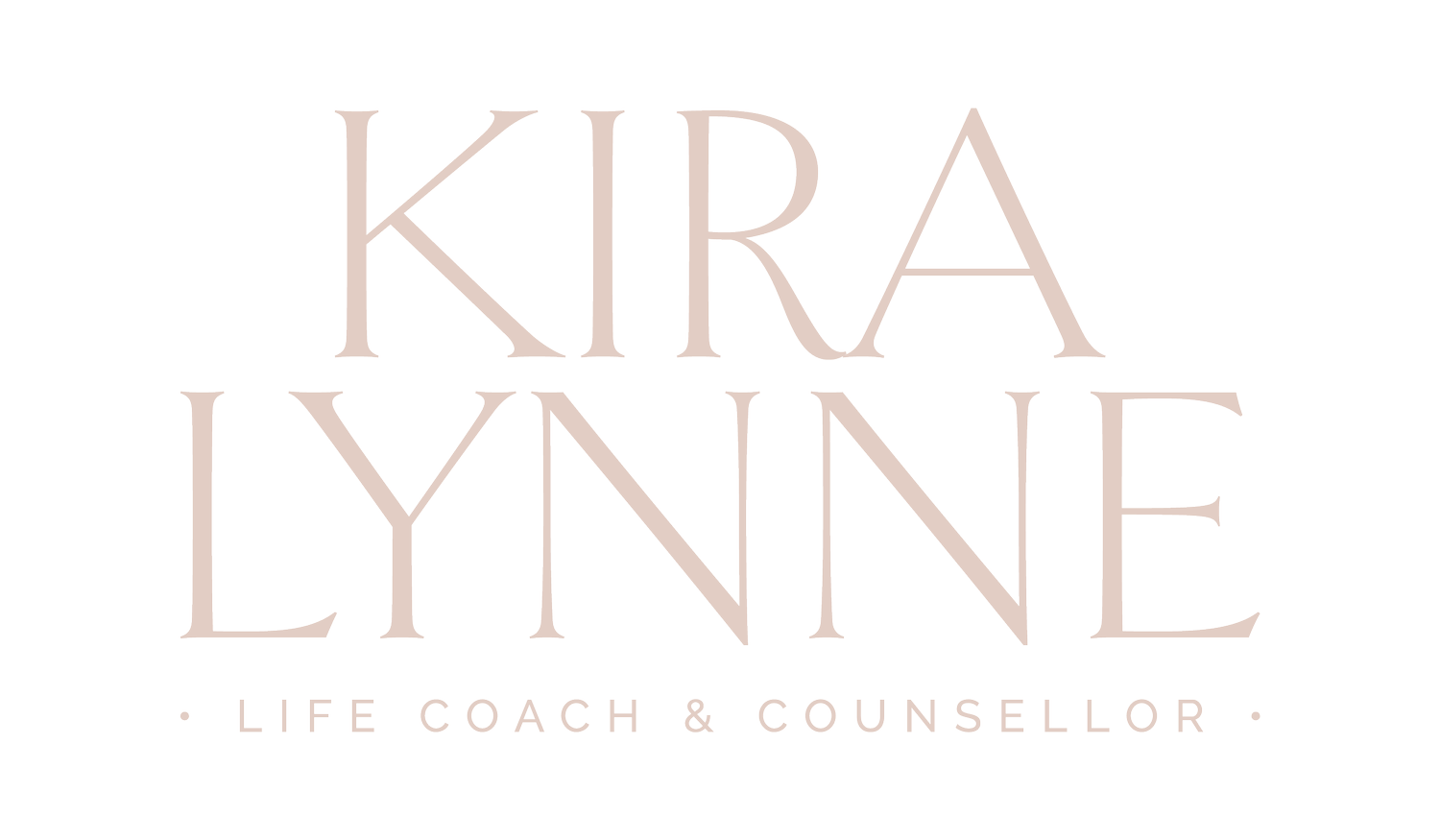Craniosacral Therapy: What is it and how can it help you?
Several years ago, every time I woke up, either from a nap or after a night of sleep, I would wake in a panic, my stomach flip flopping and my heart racing. It was as if I was waking up from a horrifying nightmare, only I wasn’t. My mind felt calm, yet my body felt terrified.
Over the course of several weeks, things worsened considerably. I started experiencing these symptoms not just on waking up, but throughout the day. I had butterflies in my stomach, my heart would pound, and every time I yawned if felt like my stomach was going to jump out of my body. Yet, there was nothing upsetting happening in my life, and my mind was otherwise calm. My body was reacting as if there was a danger, but the signal was not coming from my conscious mind. It was frustrating and confusing, and, after a while, I started having anxious thoughts as a result of the physical symptoms.
What I now know is that when we experience trauma, it doesn’t just get stored in the mind, it also gets stored in the body, and our bodies can express that trauma even when we’re not consciously thinking about the problem. What I was experiencing was my body on high alert and reacting as if I was in a life-threatening circumstance because of the cross-wiring and misfiring of signals in my nervous system.
In situations such as these, it can be extremely difficult, if not impossible, to get relief from traditional talk therapy because the problem is not in our conscious mind. In this case, the problem was in my autonomic nervous system, which is responsible for controlling unconscious bodily functions, such as breathing, heartbeat, and digestion.
Enter somatic therapy, which is a way of addressing trauma that bypasses our cognitive brain. There are many different types, but I gravitated towards craniosacral therapy because not only does it help with physical pain, it also calms the nervous system and is very good at addressing the type of problem I was having.
The Benefits of Craniosacral Therapy
Because I was already dealing with chronic complex health issues, I knew that this new problem was related to other things I was struggling with (specifically central sensitization syndrome, which my general practitioner was already aware of), so I booked an appointment with my physiotherapist, who specializes in craniosacral therapy (CST).
After she worked on my neck and upper back (specifically the vagus and phrenic nerves) for about 30 minutes, my stomach, digestive system and heart all felt completely calm. After weeks of extremely distressing symptoms, I felt like myself again.
CST has also helped me with wrist pain from a car accident, bursitis, migraines, back pain, and other non-central sensitization issues. In addition, I believe that it has greatly benefitted my mental health by continually calming and re-centering my nervous system. It has been a therapy that has helped me physically, mentally, and emotionally from a body-level. It’s left me fascinated by the notion that by working with the body we can benefit our mental health so significantly.
Just a quick note: Please visit your doctor before trying any alternative therapies, such as CST.
So What IS CranioSacral Therapy?
According to the folks at Jericho Physio:
"The craniosacral system is a recognized physiological system in the body that is comprised of the membranes and cerebrospinal fluid that surround and protect the brain and spinal cord. The craniosacral system extends from the bones of the skull, face and mouth (which make up the cranium) down to the tailbone area (or sacrum).
Craniosacral therapy works by helping the body's natural healing mechanisms dissipate the negative effects of stress on the central nervous system.
The craniosacral system has a palpable rhythm that can be felt throughout the body just like the pulse of the cardiovascular system. Trained craniosacral therapists use a gentle, hands-on method to evaluate and monitor this rhythm at key body points to locate the source of a restriction in the system."
Clear as mud? I’ll share a bit about what it’s like to have this therapy done: I lie on my back on a massage table, fully clothed, and my physiotherapist holds my head, shoulders, trunk and/or pelvis in her hands. I feel her making micro-movements with her hands. If I pay close attention, I can feel my body responding - my stomach gurgling, the tension in my abdomen releasing, and sometimes emotions arising. It's a very relaxing experience and at times I drift off into dreamland, while at others I might have some tears.
A Promising Alternative
What pleases me so much about having CST in my healing toolbox is that it gives me an effective alternative to the likely other option: visiting my doctor, and either having my medication increased/changed or told that she doesn't know what the problem is and there is nothing that can be done to help.
According to various online resources, CST can help with the following conditions:
Migraine Headaches
Chronic Neck and Back Pain
Central Nervous System Disorders
Traumatic Brain and Spinal Cord Injuries
Scoliosis
Chronic Fatigue
Emotional Difficulties
Stress and Tension-Related Problems
Fibromyalgia and other Connective-Tissue Disorders
Temporomandibular Joint Syndrome (TMJ)
Neurovascular or Immune Disorders
Post-Traumatic Stress Disorder
Post-Surgical Dysfunction
If you decide to try it out, chose your practitioner carefully and make sure they are a good fit for you. If it's not working out, give someone else a try. As with any kind of therapy, I find that the best indicator of a successful outcome is based more on the relationship between the client and service provider than on anything else.



